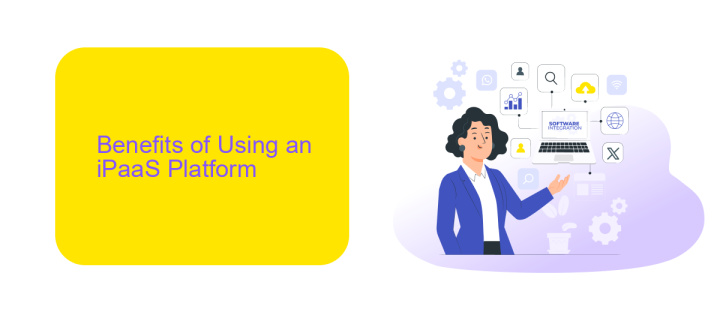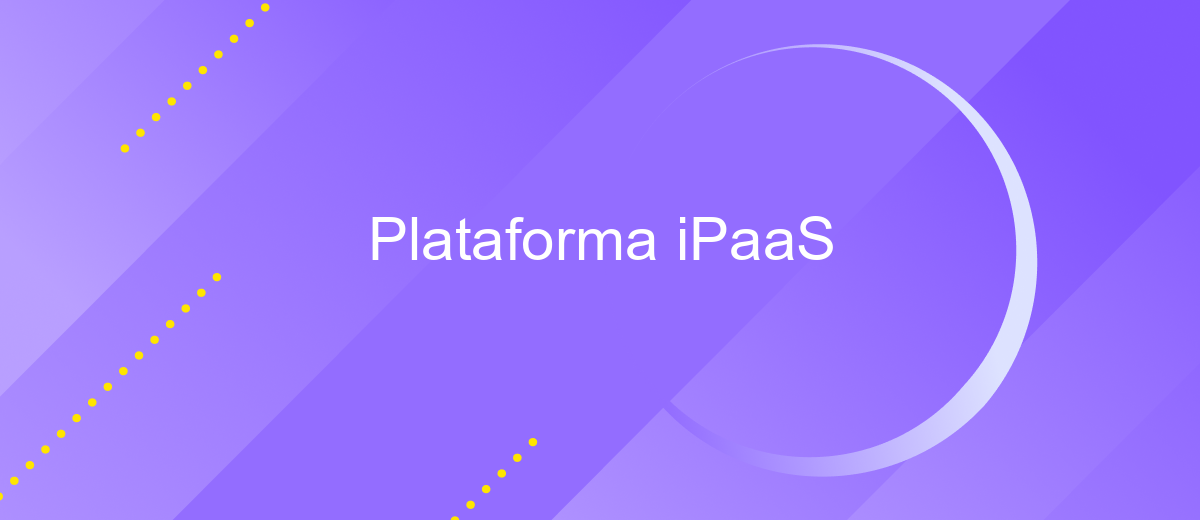Plataforma iPaaS
The iPaaS (Integration Platform as a Service) is revolutionizing how businesses manage and integrate their various applications and data sources. By providing a seamless, cloud-based solution, iPaaS enables organizations to streamline workflows, enhance data connectivity, and improve overall efficiency. This article delves into the core functionalities, benefits, and real-world applications of iPaaS, illustrating why it is becoming an essential tool for modern enterprises.
What is an iPaaS Platform?
An Integration Platform as a Service (iPaaS) is a cloud-based solution designed to connect disparate systems, applications, and data sources within an organization. By streamlining the integration process, iPaaS enables businesses to automate workflows, enhance data sharing, and improve operational efficiency.
- Seamless connectivity between cloud and on-premises applications
- Automated data synchronization and transformation
- Scalable and flexible architecture to accommodate growing business needs
- Enhanced security and compliance features
One notable example of an iPaaS solution is ApiX-Drive, which simplifies the integration process by offering a user-friendly interface and pre-built connectors for various applications. With ApiX-Drive, businesses can easily set up and manage integrations without extensive coding knowledge, ensuring smooth data flow and operational consistency across different platforms.
Benefits of Using an iPaaS Platform

Implementing an iPaaS platform offers numerous benefits for businesses seeking to streamline their operations and improve efficiency. One of the primary advantages is the ability to seamlessly integrate various applications and data sources, eliminating the need for manual data entry and reducing the risk of errors. This not only saves time but also ensures that data is consistent and up-to-date across all systems. Additionally, iPaaS platforms often come with user-friendly interfaces and pre-built connectors, making it easier for non-technical users to set up and manage integrations without extensive IT support.
Another significant benefit is the scalability and flexibility that iPaaS platforms provide. As businesses grow and their integration needs evolve, iPaaS solutions can easily accommodate new applications and data sources without requiring a complete overhaul of existing systems. For instance, services like ApiX-Drive offer robust tools for automating workflows and synchronizing data between different platforms, enabling businesses to adapt quickly to changing requirements. This level of adaptability not only supports business growth but also enhances overall productivity and operational agility.
How to Choose the Right iPaaS Platform

Choosing the right iPaaS platform is crucial for seamless integration and efficient workflow management. To make an informed decision, consider the following steps:
- Identify Your Needs: Determine the specific integration requirements of your business. Understand which applications and data sources need to be connected.
- Evaluate Features: Look for essential features such as data transformation, real-time processing, and scalability. Platforms like ApiX-Drive offer robust integration capabilities with a wide range of services.
- Assess Usability: Ensure the platform is user-friendly and offers comprehensive support and documentation. A platform with an intuitive interface can significantly reduce the learning curve.
- Check Security: Verify that the iPaaS platform adheres to industry standards for data security and compliance. This is crucial for protecting sensitive information.
- Consider Cost: Analyze the pricing model to ensure it aligns with your budget. Look for transparent pricing without hidden fees.
By following these steps, you can select an iPaaS platform that meets your integration needs and supports your business growth. Platforms like ApiX-Drive can help streamline your integrations, making it easier to manage your workflows efficiently.
Implementation and Best Practices for iPaaS Platforms

Implementing an iPaaS platform requires careful planning and execution to ensure seamless integration between various applications and services. Begin by identifying the specific integration needs of your organization and mapping out the data flow between systems. This will help in selecting the right iPaaS solution that meets your requirements.
Once the iPaaS platform is selected, configure the necessary connectors to establish communication between the applications. Services like ApiX-Drive can simplify this process by providing pre-built connectors and an intuitive interface for setting up integrations without extensive coding. Ensure that data security and compliance are prioritized during the setup to protect sensitive information.
- Define clear integration goals and objectives.
- Choose an iPaaS solution that aligns with your needs.
- Utilize services like ApiX-Drive for streamlined connector setup.
- Monitor and manage integrations regularly to ensure optimal performance.
Adopting best practices such as regular monitoring, documentation, and updating integrations as needed can significantly enhance the efficiency of your iPaaS platform. By leveraging tools like ApiX-Drive, businesses can achieve robust and scalable integrations, driving operational efficiency and innovation.
Future Trends in iPaaS Platforms
The future of iPaaS platforms is set to be shaped by the increasing demand for seamless and efficient integration solutions. As businesses continue to adopt a wide array of cloud services and on-premises applications, the need for robust integration platforms will only grow. Companies will look for iPaaS solutions that offer greater flexibility, scalability, and ease of use. One such example is ApiX-Drive, which simplifies the process of connecting various applications and automating workflows without requiring extensive technical expertise. This trend towards user-friendly integration tools will empower businesses to streamline operations and enhance productivity.
Another significant trend in the iPaaS landscape is the integration of advanced technologies such as artificial intelligence and machine learning. These technologies will enable iPaaS platforms to offer predictive analytics, intelligent data mapping, and automated decision-making capabilities. Furthermore, the emphasis on security and compliance will drive the development of more secure integration solutions. As data privacy regulations become more stringent, iPaaS providers will need to ensure their platforms can handle sensitive information securely. Overall, the future of iPaaS platforms will be characterized by increased automation, intelligence, and security, making them indispensable tools for modern businesses.
FAQ
What is an iPaaS platform?
How does an iPaaS platform benefit businesses?
What types of integrations can be achieved with an iPaaS platform?
Is coding required to use an iPaaS platform?
How secure are integrations made through an iPaaS platform?
Routine tasks take a lot of time from employees? Do they burn out, do not have enough working day for the main duties and important things? Do you understand that the only way out of this situation in modern realities is automation? Try Apix-Drive for free and make sure that the online connector in 5 minutes of setting up integration will remove a significant part of the routine from your life and free up time for you and your employees.

